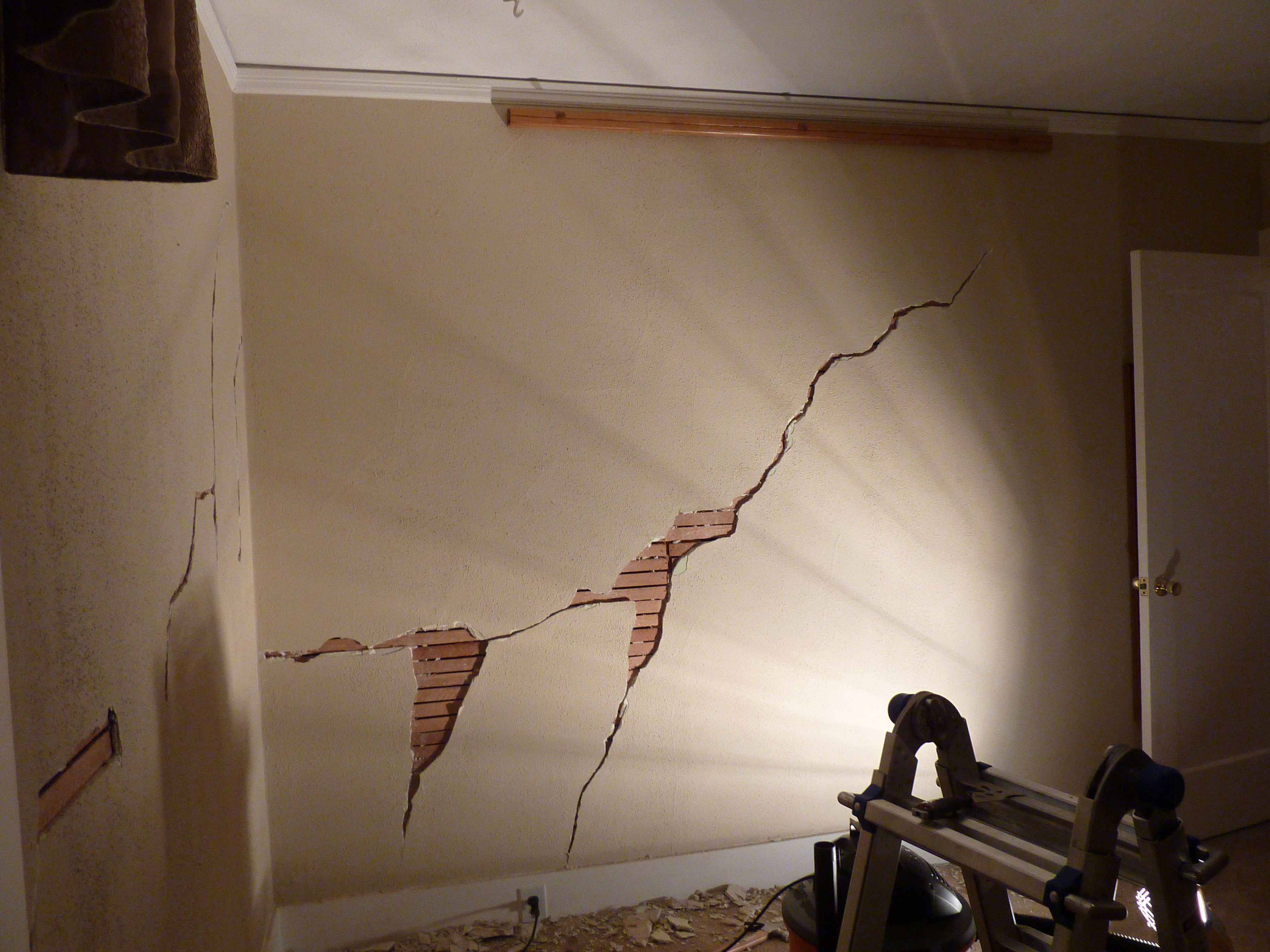

If there is a masonry wall beneath the plaster, a standard drill bit will shatter or become dull while drilling.
DRILLING INTO LATH AND PLASTER HOW TO
Here is a step-by-step guide on how to hang heavy things on plaster walls: Hilitchi H-JS-406 Anchors for Plaster Walls Strength When You Need It Review. The Container Store Elfa Anchors for Plaster Walls Pricey but Easy To Use Review. Screw-it SIAK Anchors for Plaster Walls Editor’s Choice Review. The best solution to hanging stuff on the walls is to either use the hanging rail or drill hole before putting screws for plaster in the wall.įurthermore, it is best if you can find any screw studs because they are more durable and easy to install. 5 Best Anchors for Plaster Walls (as of March, 2023): 1. The first thing that you should do is that you can’t put a nail in the plaster wall without causing damage. Immediately cover the cracks with the plaster patching compound and let it completely dry before proceeding further. Suppose you find any damage on the wall, never leave it for later. Look for any signs of chipping and cracks on the wall. Once you have finished drilling the hole, remove the masking tape.

Set the drill to the lowest speed settings and place it on the spot.The masking tape will prevent chipping and cracking of the plaster in the nearby locations.Put a piece of masking tape on the spot where you want to drill.You are going to need the best power drill with adjustable speed settings.Make sure that your helper is also wearing a mask to prevent allergic reactions.Attach the carbide drill bit for plaster on your power drill and wear the safety kit.Lastly, plaster tends to blow dust when drilled, so always wear a safety kit including gloves, goggles, and a dust mask. Secondly, never rush or exert any force on the drill and let it do its job patiently. However, there are a few things to keep in mind before you get started.įirstly, plaster is hard but delicate material it can chip on the sides of the hole.

If nothing else, you’ll learn exactly what’s inside the wall so you can drill elsewhere.After you have collected all the necessary equipment and chosen your helper, it is time to start screwing into lathe and plaster walls. Go slowly, and if it feels like you’re drilling into something you shouldn’t be, stop and take a look. Masking tape prevents the plaster from chipping away at the edges of the hole. Video of the Day Step 2 Place a piece of masking tape over the area you are drilling. A regular drill bit will dull when drilling through plaster or break if a masonry wall is behind the plaster. The Gosforth Handyman video recommends using a blunt drill bit so you won’t do too much damage if you do hit something. Step 1 Equip a power drill with a carbide drill bit. This means you’ll have to work very carefully. The only guaranteed way to see what’s in a wall is to fuck around - that is, drill a hole - and find out. Assume the worst and drill accordinglyīuilding codes exist for very good reasons, but that doesn’t mean everyone follows them. The same goes for the Walabot, a scanner that attaches to your smartphone - reviews suggest that it works on thin drywall, but that’s kind of it.
DRILLING INTO LATH AND PLASTER MANUAL
The reviews on this reasonably affordable Bosch multi-scanner are all either Works great if you read the manual, five stars or I read the manual and this thing still thinks studs are wires would give it a zero if I could. Theoretically, a stud finder that can also detect pipes and wires would be super helpful, but it may just cause more confusion.


 0 kommentar(er)
0 kommentar(er)
